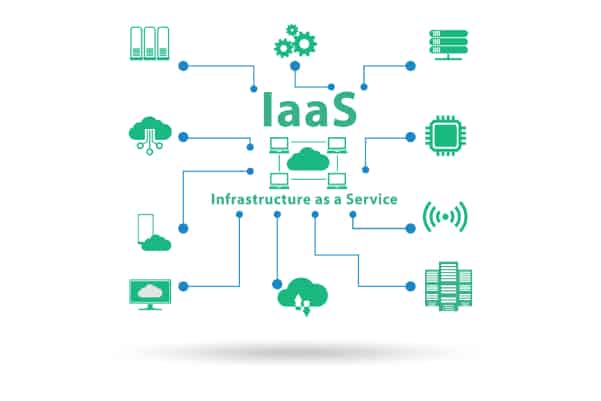I recently joined Bluewave as a Strategic Advisor to help guide the firm’s corporate development strategy and execution. While I’ll be focused on business-level advising, it’s how Bluewave’s business model addresses the technical challenges of today’s IT environment that attracted me to the company and drives my confidence in its business future. Let’s talk about why holistic IT management is no longer optional.
I’ve spent 30 years in the IT and Communications space, including work as a master agent and sales leader for large firms. I’ve spent the past year-and-a-half consulting for vendors, distributors, agents, and the investment community in this space, affording me a view of the IT landscape that has convinced me Bluewave’s holistic approach is the way forward for technology buying and management. A lot has changed in my 30 years in the business. In this post, I’ll offer my perspective on the key changes I’ve seen recently, and how Bluewave is uniquely addressing them.
From Discrete to Integrated
Sourcing IT solutions for mid-size and enterprise firms used to be relatively straightforward. If a firm needed a particular technology like UCaaS or connectivity, they’d find a vendor to provide that technology, bolt it on, and go about their business. This process may have been straightforward, but that doesn’t mean it was optimized. The strategy for managing IT services technology after adoption often wasn’t clear. In general, providers were not expected to manage the entire lifecycle of their products and services.
These processes and assumptions worked just fine in an era when IT services and technologies tended to be discrete. However, there’s been a shift in IT technology that has outpaced the adoption and management processes supporting it. Today, there’s more interoperability between services, making it much more difficult to bolt-on and bolt-off individual solutions as needed without disrupting the entire environment. Without processes that holistically support the entire IT environment, firms will sacrifice agility at a moment when it’s most needed in order to stay competitive.
This Shift Has Happened Before
The shift to interoperability isn’t unique to IT, and we can look at examples of solution sets developed in other industries to understand how IT adoption and management must be supported today. In the automotive world, components for old cars were (literally and figuratively) bolt-on, bolt-off. If a distributor went bad, any mechanic could replace it with a new unit without affecting the car’s other systems. As cars became computerized, more work had to be done by a dealer who could address the interoperability of components. Finally, with exceptionally complex, computerized, systems-integrated electric cars that are subject to constant software updates and continuous improvement in technology, service is best handled by unified management of the car’s entire lifecycle, as manufacturers like Tesla do.
What was great about old cars was the provider agnosticism—a selection of parts that could be installed by any mechanic. What’s great about new electric cars is the unified lifecycle management, ensuring all systems work together flawlessly across the life of the vehicle. Modern IT systems present the challenges of both these scenarios: multiple providers, yet a need to manage constantly evolving interoperability across the lifecycles of individual systems and the changing needs of the entire stack.
We Can Have it Both Ways
This is a fantastic opportunity because it allows companies like Bluewave to offer customers the IT equivalent of the best of both worlds in our automotive analogy: A holistic, customer-centric method of evaluating, sourcing, managing, and supporting technology solutions that can include numerous providers across their lifecycles, guided by the management of the total stack.
This is a great narrative in theory, but the reason I’m particularly confident in Bluewave’s approach is that it isn’t built just on a great theory—it originates in what the market is asking for. In my experience in the agent channel, I’ve witnessed an evolution from selling point products to holistic IT management solutions. Even large enterprise firms that historically managed vendors with internal resources are looking more and more for the kind of external, vendor-agnostic support that Bluewave specializes in.
The theory is good, and it serves the needs the market is posing, but it’s Bluewave’s emphasis on lifecycle management that most attracted me to the company. Bluewave’s eight step process includes procurement, implementation, billing, change management and reporting, transcending the sourcing and contracting that most technology advisory firms limit themselves to. Buying point solutions either directly from providers or from agents that cannot deliver full life cycle management of a complete environment is not enough anymore.
Are You on Board?
It’s gratifying at this point in my career to have found a firm whose solution aligns with the direction I’ve witnessed market needs going recently. We want to affiliate with others that share our vision, are interested in the mid-market and enterprise customer, and want to be a part of a team that invests in its people, processes and technology.
If you operate at the enterprise scale, and in a direct-to-customer sales environment targeting mid-sized to enterprise customers, we’d love for you to join the conversation and hear your perspective on our vision.





